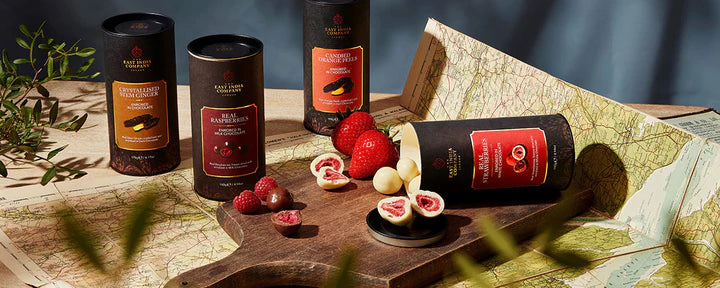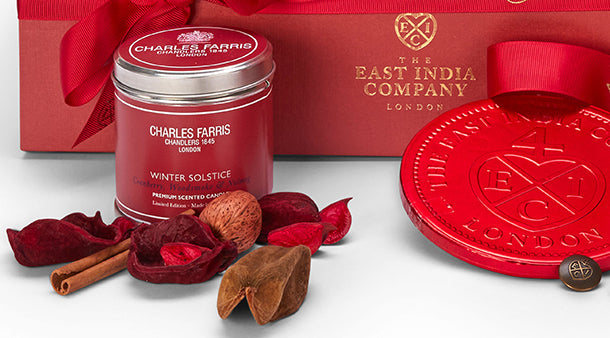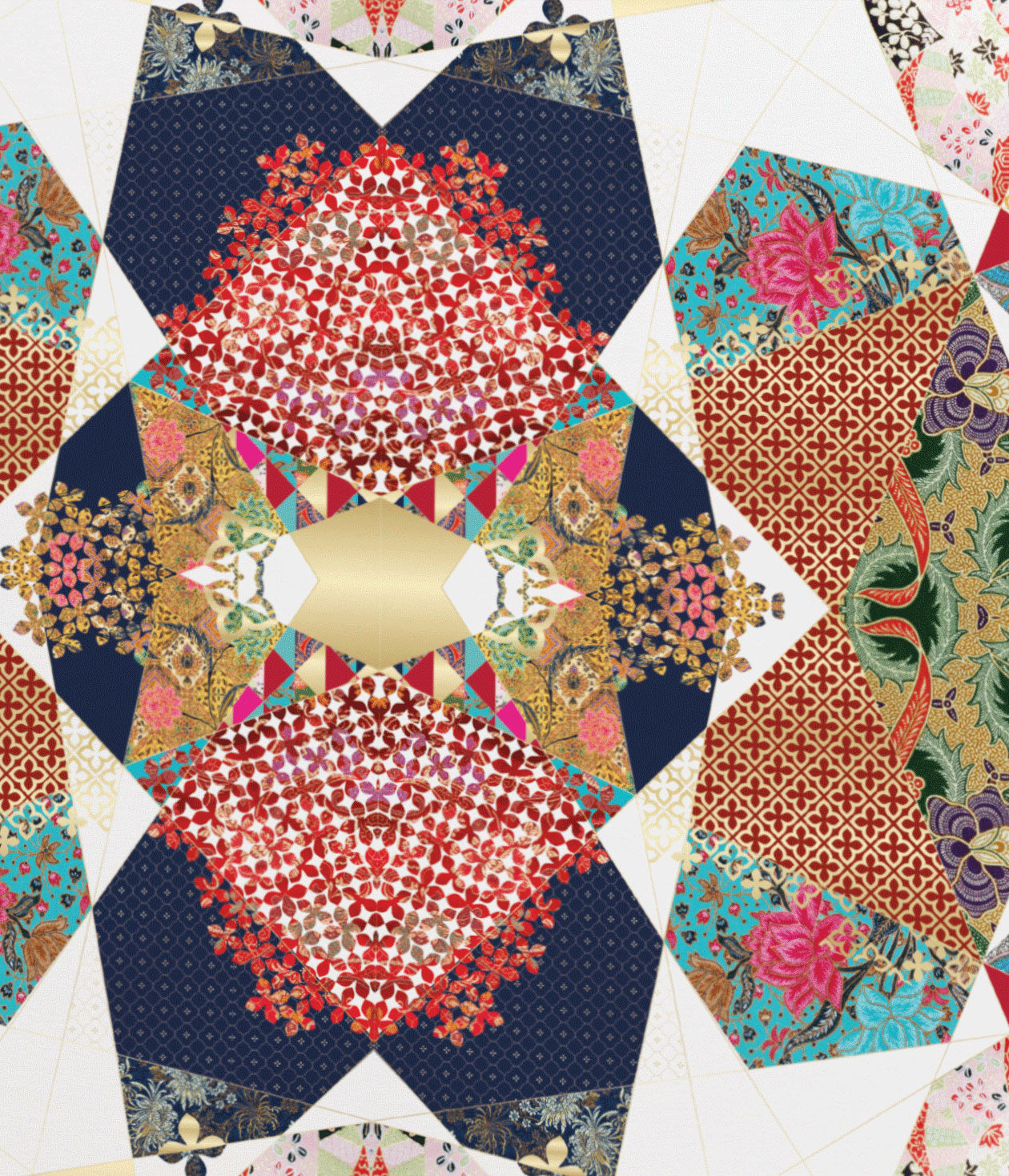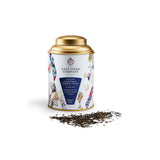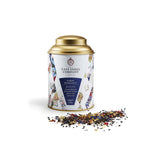Stories
Oolong Tea – Between a Black and a Green Tea
Oolongs are made mainly in China and Taiwan and sit somewhere between Black and Green Tea by virtue of being partly oxidised. A dark, open-leaf Oolong Tea is 70% oxidised, whilst the greener Oolongs are only 30% oxidised and are rolled into ball-shapes.
Step 1 - ‘Withering’: the whole leaves are spread out in the warm sun and then brought inside to be laid on bamboo shelves.
Step 2 - Partial Oxidation: the whole leaves are turned and shaken every couple of hours. This breaks the cell walls, releasing the enzymes, starting the oxidation process.
Step 3 Dark Oolong - ‘Firing: Once oxidation has hit 70%, the tea is quickly pan fried to stop oxidation and then completely dried in ovens, ready to be packed.
Step 3 Green Oolong - ‘Firing’: Once oxidation has hit 30%, the tea is quickly pan fried to prevent further oxidation, followed by partial drying in an oven, before being left overnight.
Step 4 Green Oolong – ‘Balling’: The following day, the Oolong Tea in waiting is tightly bagged in cloth and rolled in a machine that will pressurise and bruise the leaves inside. The bag gets opened out and then wrapped up again. This is repeated over and over, until the leaf is in the ‘correct’ ball shape. Complete drying follows and the tea is ready to be packed.
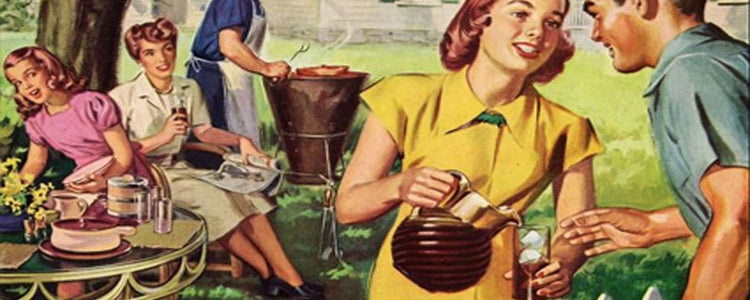
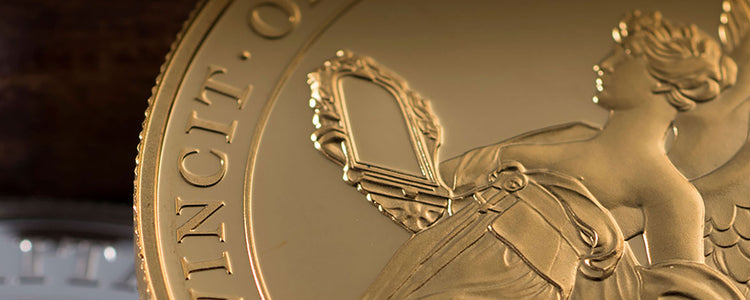
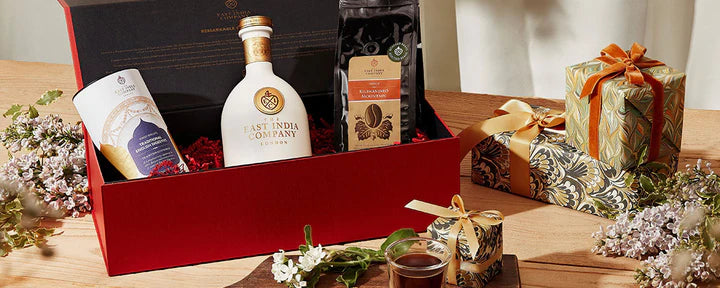
 Ceylon / Sri Lanka
Ceylon / Sri Lanka Assam, India
Assam, India Japan
Japan Taiwan
Taiwan Nepal
Nepal China
China Kenya
Kenya Egypt
Egypt South Africa
South Africa